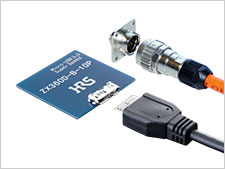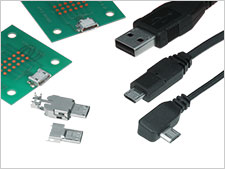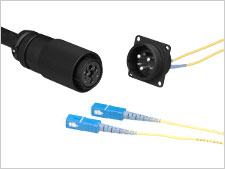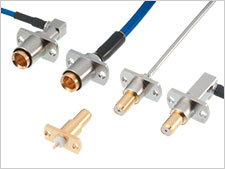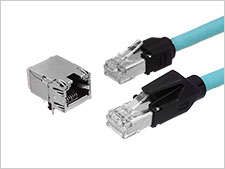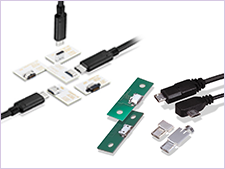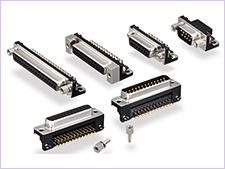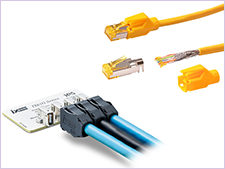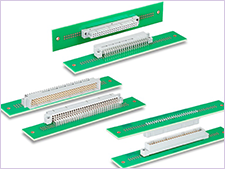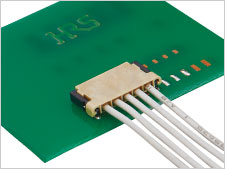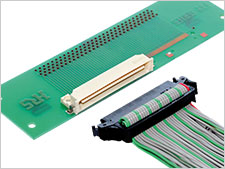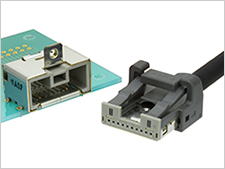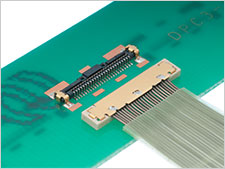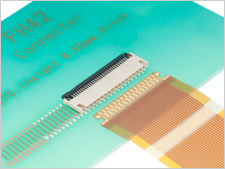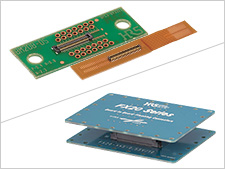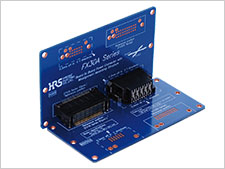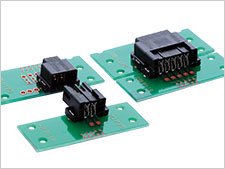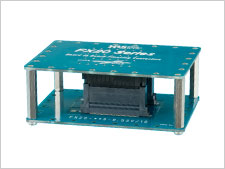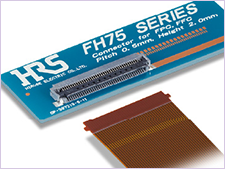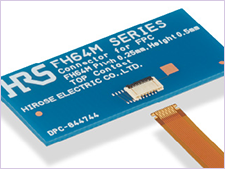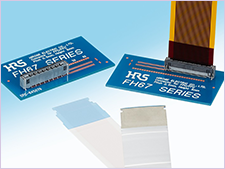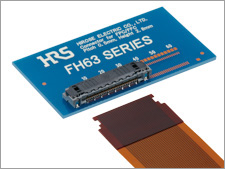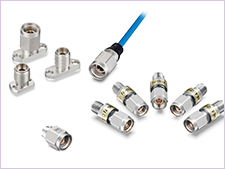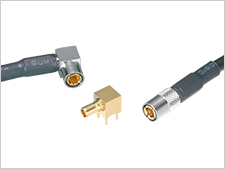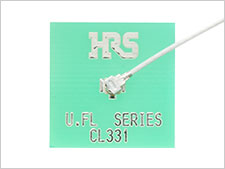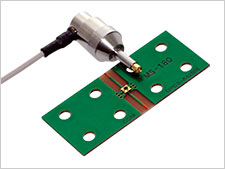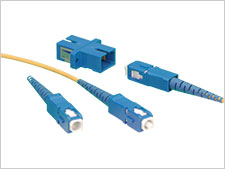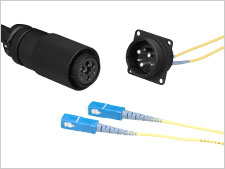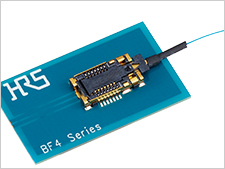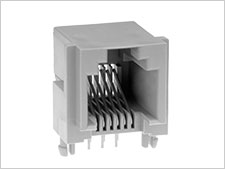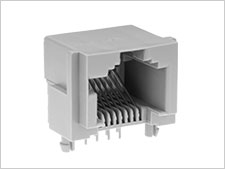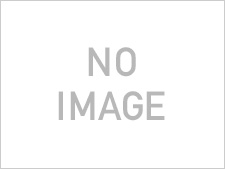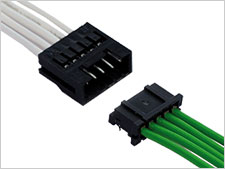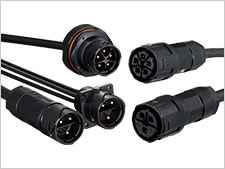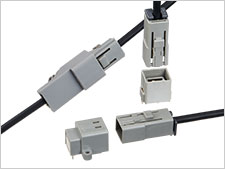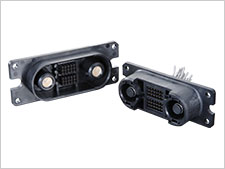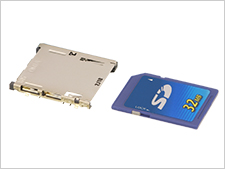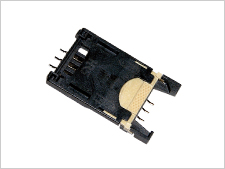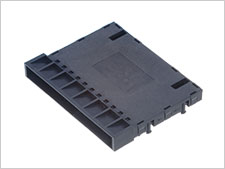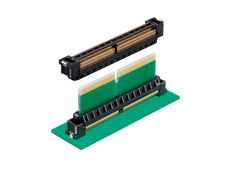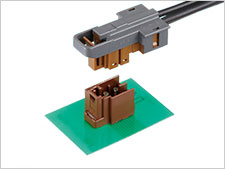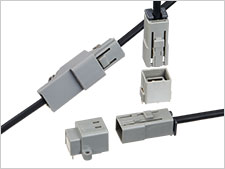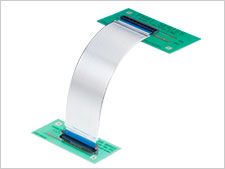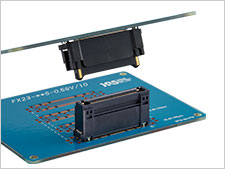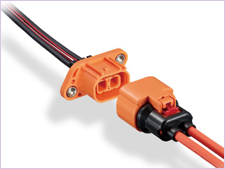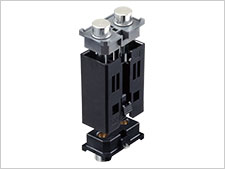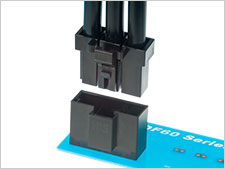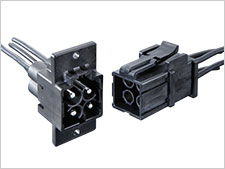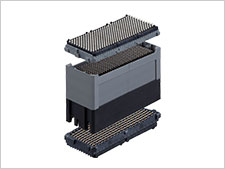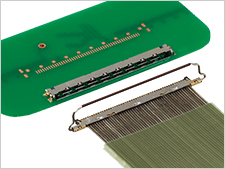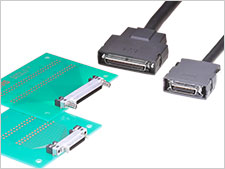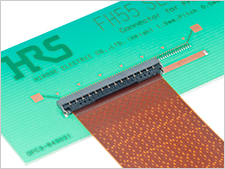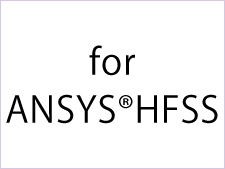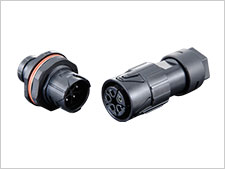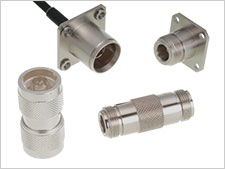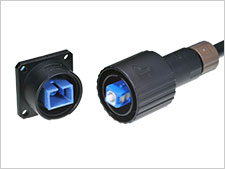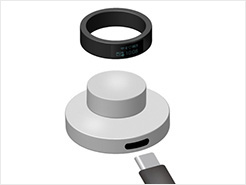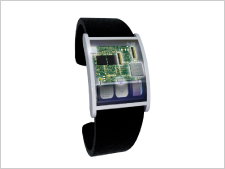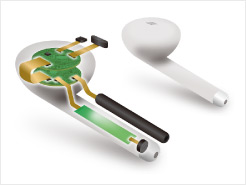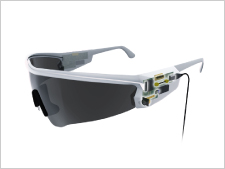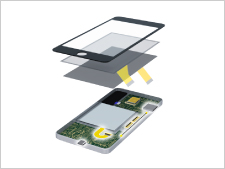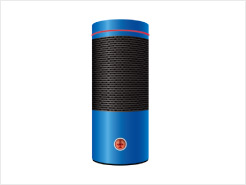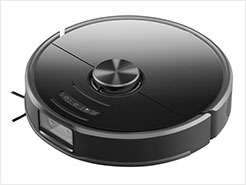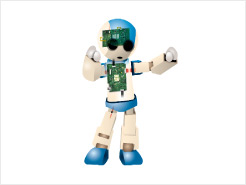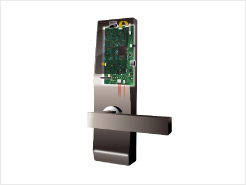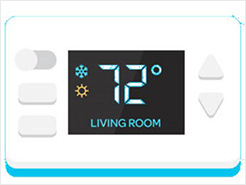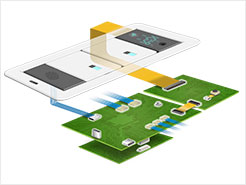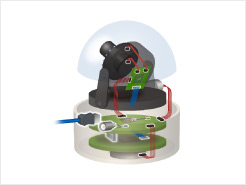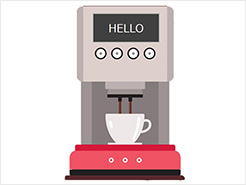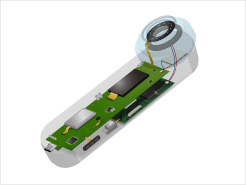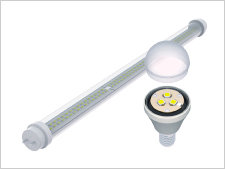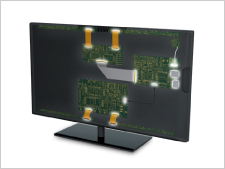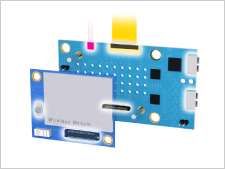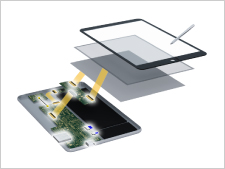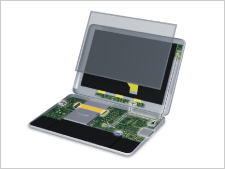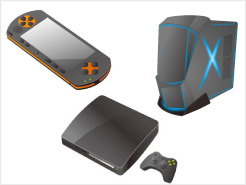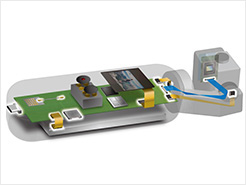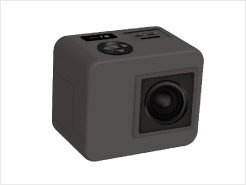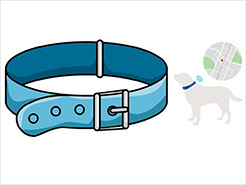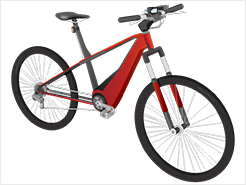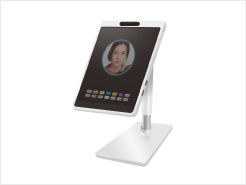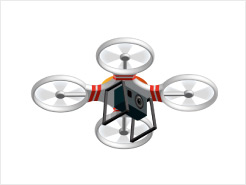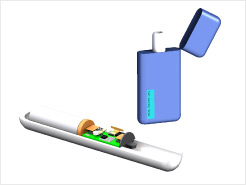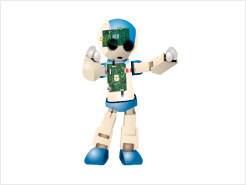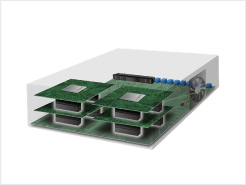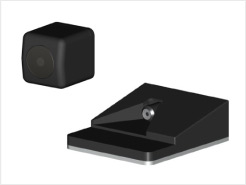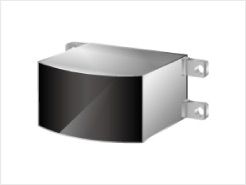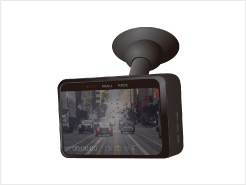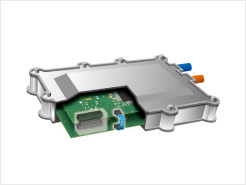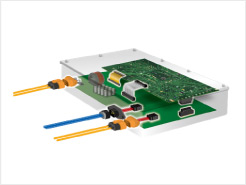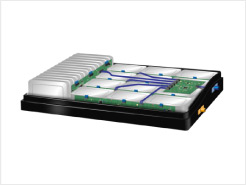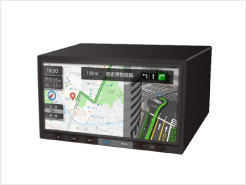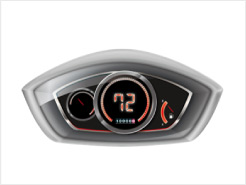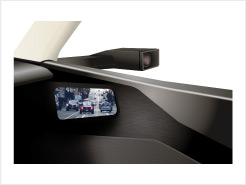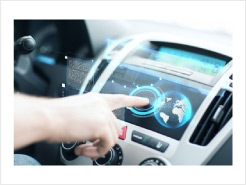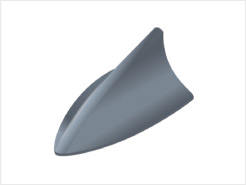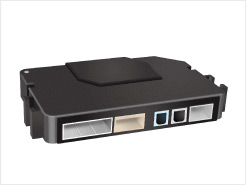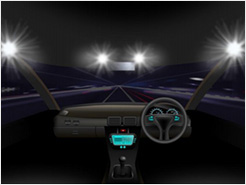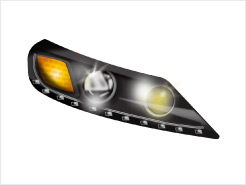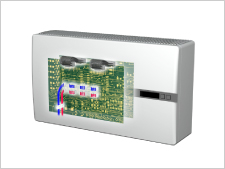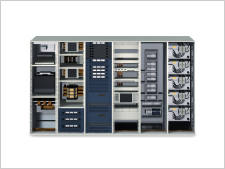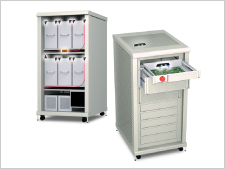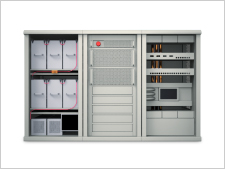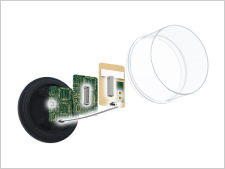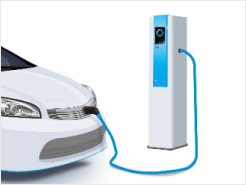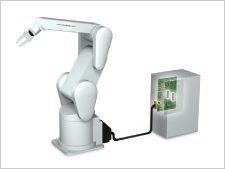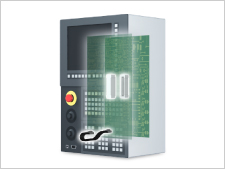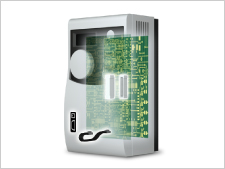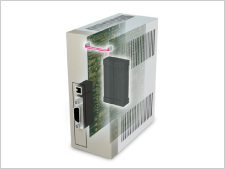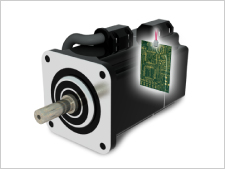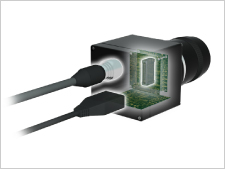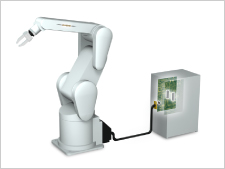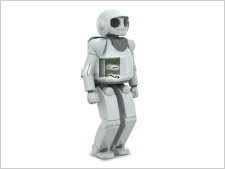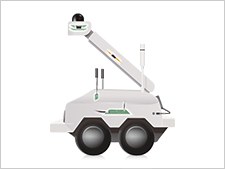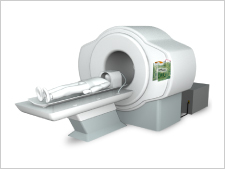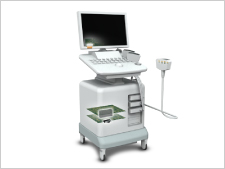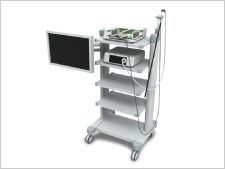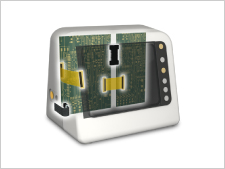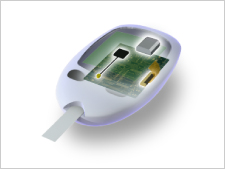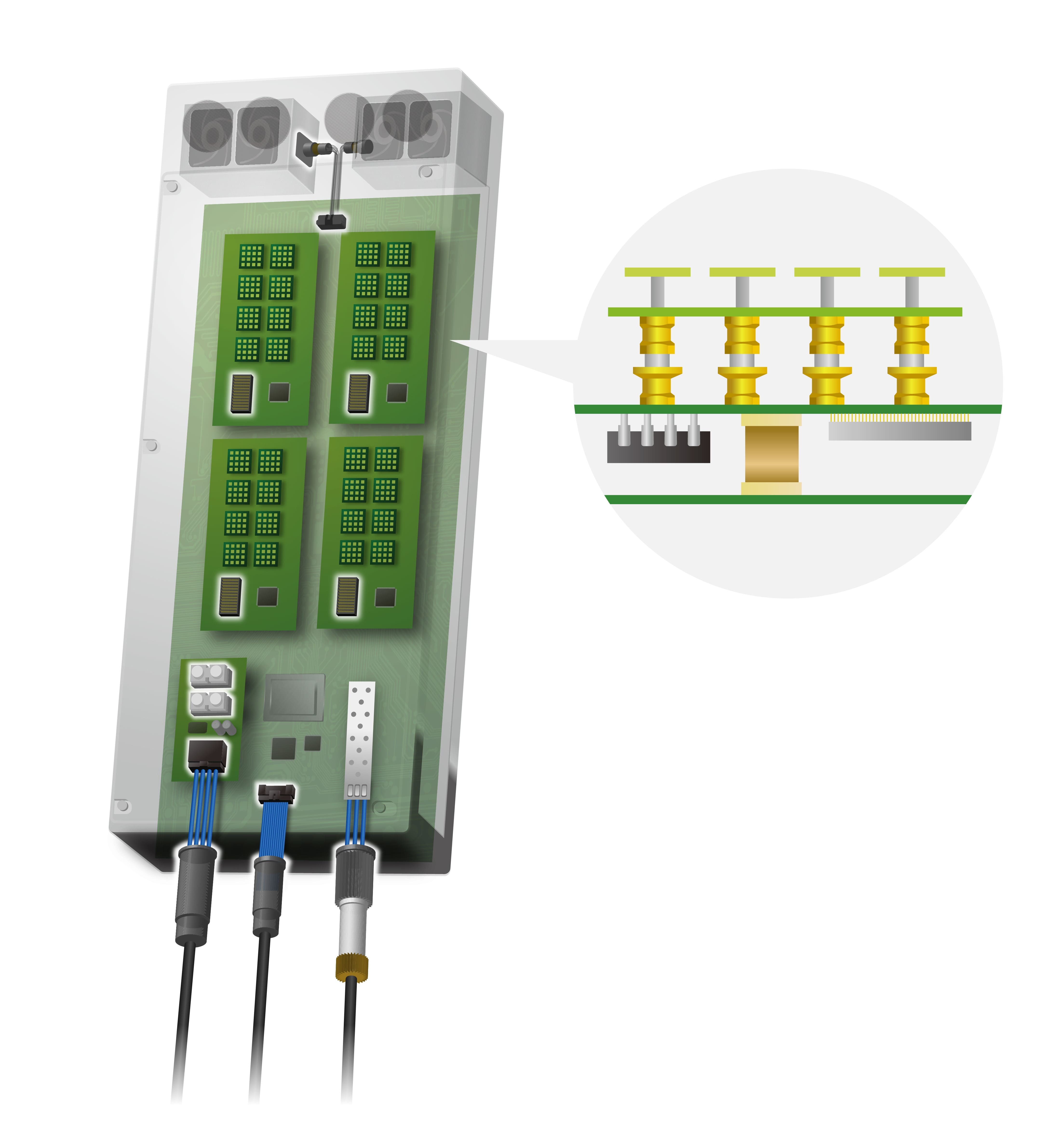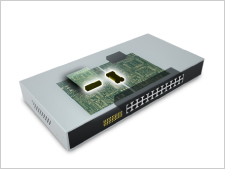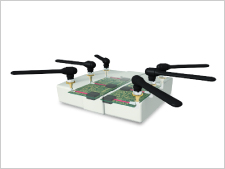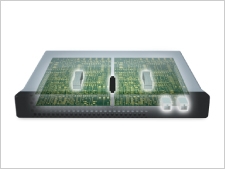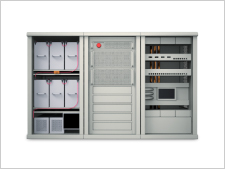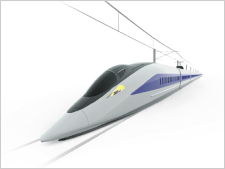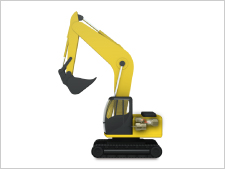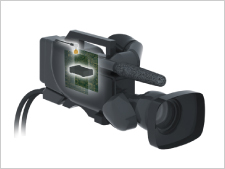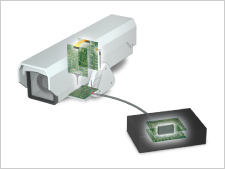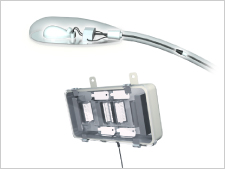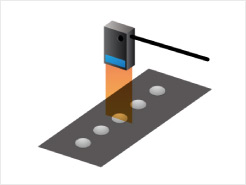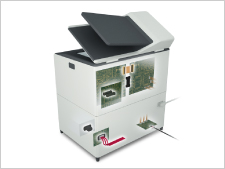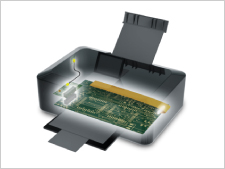
-
Category
-
I/O Connectors
 List of useful search tools
List of useful search tools
-
Standard Products
 List of useful search tools
List of useful search tools
-
Wire-to-Board
 List of useful search tools
List of useful search tools
-
Board-to-Board, Board-to-FPC
-
FPC/FFC Connectors
 List of useful search tools
List of useful search tools
-
RF/Coaxial
 List of useful search tools
List of useful search tools
-
Fiber Optic Connectors
 List of useful search tools
List of useful search tools
-
Modular Connectors / Ethernet Connectors
 List of useful search tools
List of useful search tools
-
Wire-to-Wire
 List of useful search tools
List of useful search tools
-
IC Card/IC Socket
 List of useful search tools
List of useful search tools
-
Card Edge Connectors
 List of useful search tools
List of useful search tools
-
Automotive Connectors
 List of useful search tools
List of useful search tools
-
Power Connectors
 List of useful search tools
List of useful search tools
-
High Speed Connectors
 List of useful search tools
List of useful search tools
-
Sealed connector
 List of useful search tools
List of useful search tools
-
I/O Connectors
-
Applications
- Consumer
-
Smartphone & Wearable
 Recently Reviewed Application
Recently Reviewed Application
 Recommended Applications
Recommended Applications
-
Smart Appliances
 Recently Reviewed Application
Recently Reviewed Application
 Recommended Applications
Recommended Applications
-
PC & Tablet
 Recently Reviewed Application
Recently Reviewed Application
 Recommended Applications
Recommended Applications
-
Other Consumer Equipment
 Recently Reviewed Application
Recently Reviewed Application
 Recommended Applications
Recommended Applications
- Automotive
-
Autonomous Car
 Recently Reviewed Application
Recently Reviewed Application
 Recommended Applications
Recommended Applications
-
Powertrain (For Automotive)
 Recently Reviewed Application
Recently Reviewed Application
 Recommended Applications
Recommended Applications
-
Infotainment (For Automotive)
 Recently Reviewed Application
Recently Reviewed Application
 Recommended Applications
Recommended Applications
-
Connected Cars
 Recently Reviewed Application
Recently Reviewed Application
 Recommended Applications
Recommended Applications
-
Automotive Lighting
 Recently Reviewed Application
Recently Reviewed Application
 Recommended Applications
Recommended Applications
- Industrial Machinery
-
Smart Grid
 Recently Reviewed Application
Recently Reviewed Application
 Recommended Applications
Recommended Applications
-
Industrial Automation
 Recently Reviewed Application
Recently Reviewed Application
 Recommended Applications
Recommended Applications
-
Robots
 Recently Reviewed Application
Recently Reviewed Application
 Recommended Applications
Recommended Applications
-
Medical
 Recently Reviewed Application
Recently Reviewed Application
 Recommended Applications
Recommended Applications
-
Telecommunications/Networking
 Recently Reviewed Application
Recently Reviewed Application
 Recommended Applications
Recommended Applications
-
Data Centers
 Recently Reviewed Application
Recently Reviewed Application
 Recommended Applications
Recommended Applications
-
Rail/Commercial Vehicles
 Recently Reviewed Application
Recently Reviewed Application
 Recommended Applications
Recommended Applications
-
Other Industrial Equipment
 Recently Reviewed Application
Recently Reviewed Application
 Recommended Applications
Recommended Applications
-
Office Automation
 Recently Reviewed Application
Recently Reviewed Application
 Recommended Applications
Recommended Applications


What is a connector? Hirose Electric, a long-established connector manufacturer, answers the simple questions like "What is a connector?” and provides more technical information including important points for mounted products in our Connector Basics You’ll Want to Know Series.
This article is focused on connectors and the connection components. As we have seen, connectors come in a variety of termination types such as board-to-board and cable. Similarly, there are various types of connection materials. In this section, we will describe typical connection components by the following connector types: shielded cable, FPC/FFC, coaxial cable, and optical fiber.
Shielded Connector
A shielded connector is a connector with a metal shell (surrounding part) for noise control. This design is commonly used in interface connectors.
Shielded Cable

Shielded connectors are connected using shielded cables and metal shields (braided shields). Crimping the metal shell and the shield of the cable together act as a lightning rod that protects the signal by sending excess noise to the ground.

FPC/FFC Connector
Board-to-Board and Wire-to-Board connectors require a plug/receptacle pair, but FPC/FFC connectors require only one connector because they connect with FPC/FFC. FPC/FFC insertion to the connector generally requires three steps: 1. Open the actuator (lid) 2. Insert the FPC/FFCC to the specified position. 3. Close the actuator.
FPC
FPC stands for Flexible Printed Circuits. It is made by printing copper traces and circuits on a film, which can be freely shaped and allows connector mounting. Additionally, FPC also have high heat resistance.

FFC
FFC stands for Flexible Flat Cable. FFC consist of several flat conductors laminated with a plastic film. In general the connector design remains the same regardless of whether it is used with FPC or FFC. Unlike FPC, connectors cannot be mounted on FFC. FFC can only be used for simple parallel connections but is inexpensive.

Coaxial Connector
This connector type is used mainly in analog antenna signals. It is also used to connect your TV. Coaxial connectors include those made by "machining" and those made by "press fitting". Other types include cold heading and metal die-cast connectors.

Machining Type Ex: 75 Ω Connector for Broadcasting


Press Fit Type Ex: 50Ω Connector for Mobile Applications
Coaxial Cable
A coaxial cable is required to connect the coaxial connector. As shown in the picture, coaxial cables consist of a circular inner conductor and outer conductor. The signal flows through the internal conductor, but as frequency gets higher, signal try to escape from the internal conductor. If signal leaks out, the correct signal may be attenuated or become "noise" that adversely affects other signals. The outer conductor prevents signal leakage.

Optical Connector
Optical Fiber
This final section covers optical fibers, which connect to optical connectors. Optical fiber usage stretches across the globe, including submarine cables. They are also distributed around your home. The role of the optical connector is to align the end faces of the optical fiber with each other without any gap or deviation in order to accurately transmit the flashing optical signal.
There are also passive type connector modules that transmit optical signal directly, and active type connector modules that convert electrical signals to optical signals and then convert the optical signal back to electrical signals.
Optical fiber transmission provides stable high speed transmission over long distances and is not affected by noise. It is also used in many places where you want electrical isolation. However, optical fibers are made of glass and easy to break, so cannot be bent at an acute angle.

Passive Type

Active Type

In the next article, we will explain connector naming and the corresponding features.
Previous Article> (Part 4) Key Interconnection Points for Connectors: Contact Portion
Next Post> [Coming Soon] (Part 6) Key Interconnection Points for Connectors: Connecting Parts of Connection, by Material
